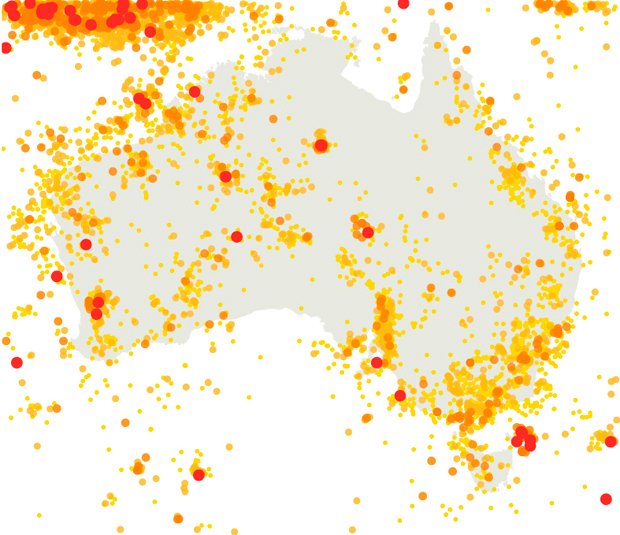The science behind the Nepal earthquake

More powerful than an explosion of 20 thermonuclear weapons, the magnitude 7.8 earthquake that ripped through Nepal’s Kathmandu Valley on April 25 was the result of a prehistoric tectonic collision.
Between 55 and 40 million years ago, the northward-bound Indian plate collided with the Eurasian plate, generating tremendous stress and energy which was relieved by a spectacular skyward thrust that uplifted the jagged Himalayan peaks.
Today, the Indian plate continues to move forward, wedging beneath the Eurasian plate at a rate of about 45mm per year. The enormous force within the Earth’s crust is then periodically released as earthquakes along the numerous complex fault lines in the region.
According to Dr Soma Nath Sapkota, deputy director-general of the geoscience division at the Kathmandu Department of Mines and Geology, this earthquake – which was felt across 500 miles, from Delhi to the Bangladeshi capital, Dhaka – was long anticipated.
“Earthquakes are expected all along the Himalayan range,” he told Australian Geographic. “Indeed, the India plate converges relatively to stable Eurasia…and is accommodated by shortening through the Himalayan range on the main Himalayan thrust. The upper end of the fault is locked during decades or centuries and unlocks during large earthquakes,” he says.
The violent history of Himalayan earthquakes
Stretching 2400km along the northeast of India, the Himalayas pass through India, Pakistan, Afghanistan, China, Bhutan and Nepal, and is home to nine of the 10 highest peaks in the world.
The Himalayas have experienced large earthquakes before. In 1934, Nepal endured a Magnitude 8.0 earthquake which caused widespread damage, killing more than 10,000 people and leaving Nepal and neighbouring countries reeling for decades.
In 1950, a Magnitude 8.6 earthquake (the 10th biggest ever recorded), struck Tibet, killing at least 780 people, though no official death tolls were released.
Why did the Nepal earthquake cause so much damage?
Kathmandu Valley is one of the most seismically hazardous regions in the world, with Nepal sitting above a constantly moving thrust fault, along the highly volatile Indus-Yarlung suture zone, which is the breeding ground for fault lines across the Himalaya. The area experiences a large earthquake about every 75 years, so a big one was overdue.
The epicentre of Nepal’s disastrous earthquake was close to the capital Kathmandu, which sustained heavy damage, and it was particularly shallow: roughly 15km beneath the surface. According to the US Geological Survey, earthquakes occurring less than 70km deep are considered shallow. Without much land to travel through, shockwaves lost little energy when they reached the surface.
Though there have been larger earthquakes in the region, this one moved a significant amount of the earth’s crust – measuring about 120km long and 60km wide – by about 2m. And all in less than a minute.
The Kathmandu Valley is also located above a 300m-deep layer of black clay, which amplifies the damage caused by earthquakes because it makes the region prone to soil liquefaction – in essence, turning the ground to virtual quicksand that can swallow buildings and shift roads.
These factors, coupled with heavy populations surrounding fault-line areas, poor building structures and subpar disaster management standards have had fatal consequences on the Himalayan nation, whose death toll is climbing closer to 6000.
Aftershocks cause further damage
Aftershocks as big as Magnitude 6.7 were felt in the days after the initial quake, and the US Geological Survey says smaller aftershocks could continue for weeks, months or even years.
Dr Soma Nath Sapkota says that historically, aftershocks following giant earthquakes, such as the 1934 quake, are felt for anywhere between one week and a year. “To date, we have measured more than 100 aftershocks of magnitude greater than 4.0 local magnitude,” he says.
These aftershocks often cause further damage to unstable buildings and may further injure those who are trapped. In response, many thousands of Nepalese have been sleeping outside, too scared to enter their homes.



